From the vibrant spectacle of Rio’s Carnival to the iconic wonders of Peru, South America boasts an abundance of extraordinary destinations that can leave travelers spoiled for choice. Yet, amidst this treasure trove of attractions, Bolivia often remains an overlooked gem, beckoning to the intrepid souls seeking unique memories and adventures. With boundless possibilities awaiting the curious traveler, here are just five compelling reasons why Bolivia should secure a prominent spot on your travel itinerary.
Lake Titicaca
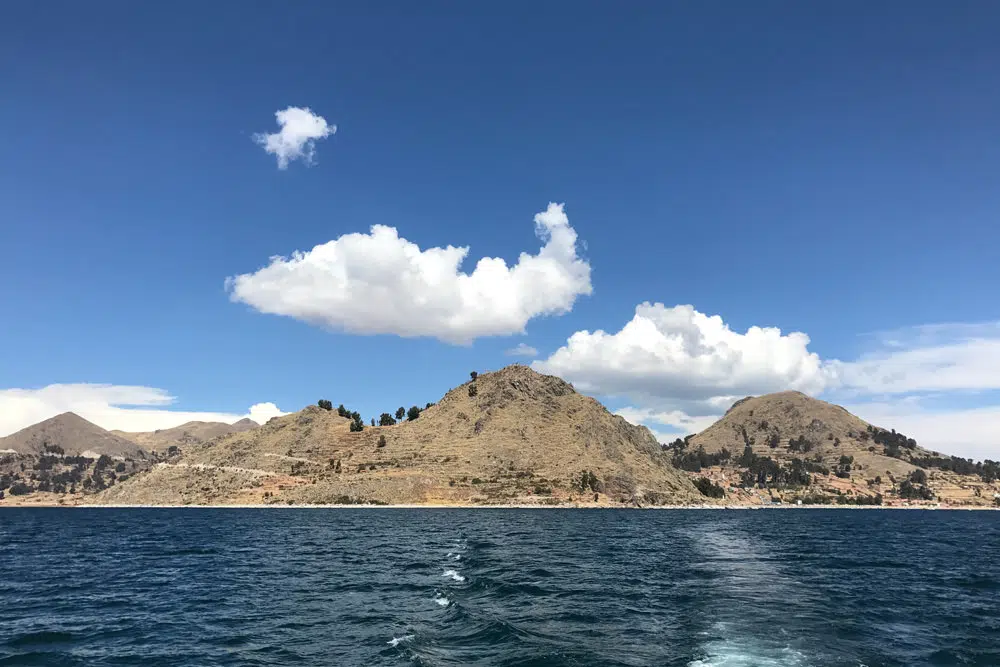
Lake Titicaca*, towering at a breathtaking 12,500 feet (ca. 4 km), stands as the largest lake in South America and the loftiest on the entire American continent. Its sprawling surface stretches across more than 3,200 square miles, offering mesmerizing vistas along its crystal-clear, tranquil waters. Explorers can uncover the remnants of the Inca civilization nestled within the surrounding landscapes. Venture further into the El Alto region, where outdoor enthusiasts can revel in the embrace of wildlife reserves, complete with the presence of the colossal frogs. For those seeking a contemporary cultural experience, Copacabana, a renowned coastal town, boasts an eclectic blend of architecture and vibrant festivities.
Ad
La Paz City
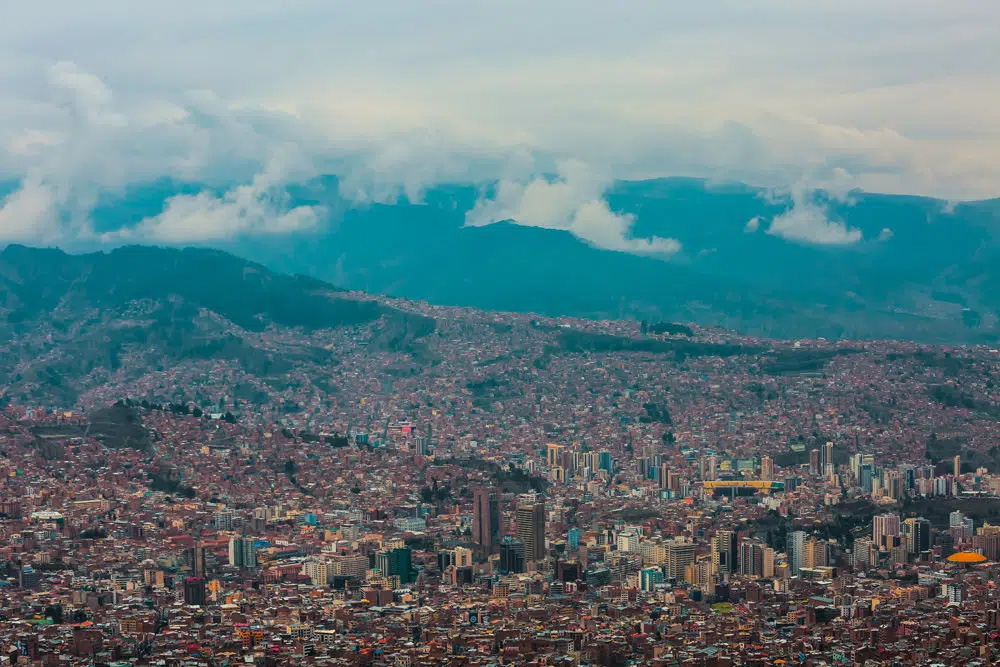
Nestled in the southeastern corner of Bolivia, La Paz City* emerges as one of the nation’s most vital urban hubs. An immediate feast for the eyes, this metropolis captivates with its panoramic and dramatically diverse scenery. Portions of the city cling tenaciously to the sides of an expansive canyon, interconnected by cable car routes that span various elevations. The ever-watchful presence of Mount Illimani, standing tall at 10,164 feet (ca. 3 km), looms large on the horizon. As the sun dips below the horizon, the city comes in a alive with lively way street food, outdoor entertainment, and bustling markets sprawled both at ground level and amidst piled refuse.
The Salar de Uyuni Salt Flats
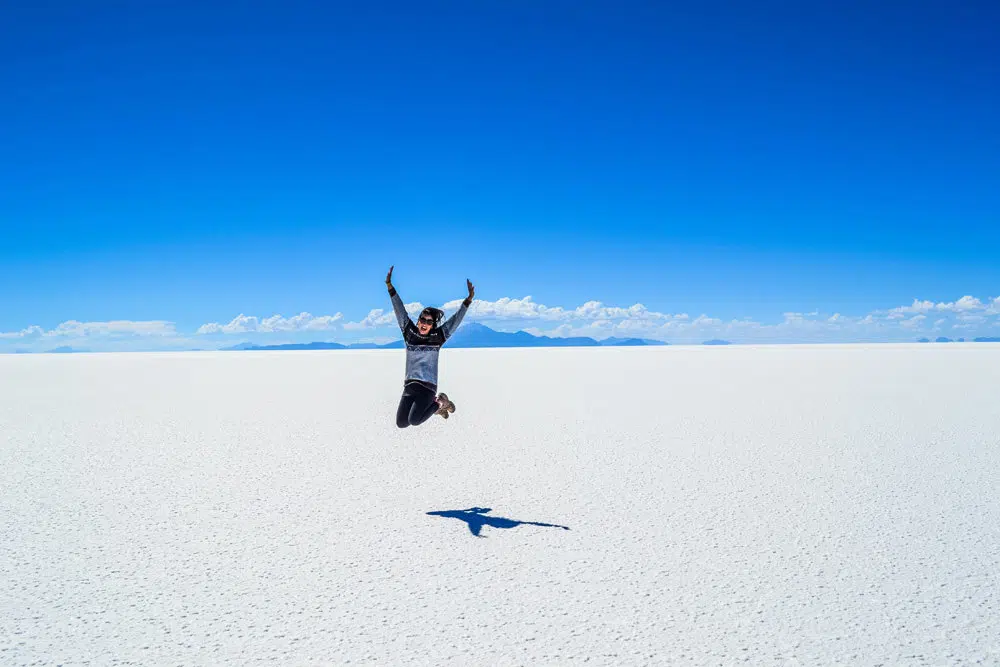
Journey to the southeastern reaches of Bolivia, where you’ll encounter the otherworldly spectacle of the Salar de Uyuni* salt flats, a sight so extraordinary it appears visible from outer space. Stepping onto these surreal landscapes feels like stepping onto another planet. These salt flats, typically blindingly white, transform into a mirror-like wonder during the rainy season, capturing the heavens and clouds in their still, crystalline reflection.
North Yungas Road
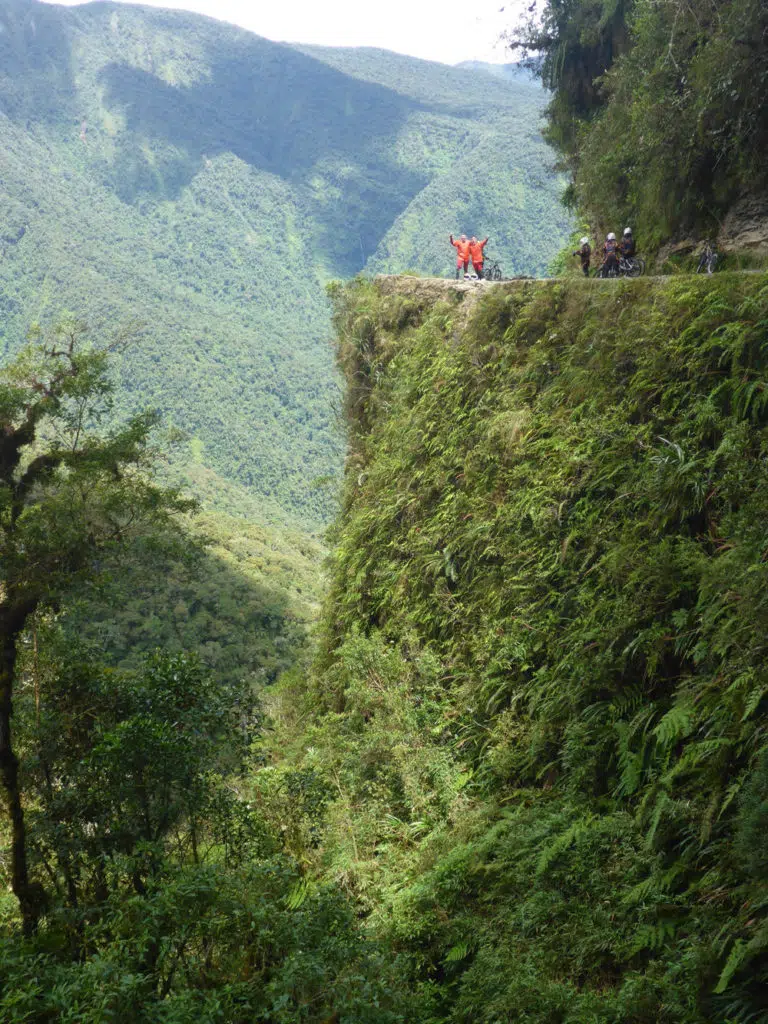
If you’re a cycling enthusiast with a penchant for thrilling escapades, the sinuous North Yungas Road*, just an hour from La Paz, beckons. Rather than referring to it as a “road,” the term “path” better encapsulates its nature. This narrow and treacherous route features hairpin bends and harrowing blind corners, all accompanied by vertigo-inducing sheer drops. Historically known as “The Death Road” due to its deadly toll of about 200 lives annually, it has now been replaced by a safer motorized route, rendering this trail an exhilarating adventure for intrepid mountain bikers.
Sajama National Park
For those searching for a serene and contemplative experience, Sajama National Park offers a glimpse into Bolivia’s rich history. This region is inhabited by Indigenous communities on the verge of disappearing, providing visitors with a living testament to their enduring culture. Explore ancient cave paintings and the ruins of ceremonial structures, preserving the legacy of these people. Additionally, the park showcases the stunning beauty of Bolivia’s natural landscapes, with the imposing Nevado Sajama*, an extinct volcano soaring to 21,500 feet (6.55 km), presiding over lush valleys and striking rock formations.
While Bolivia may not be as widely frequented as its South American counterparts, it boasts a wealth of opportunities for independent travelers eager to explore. The country’s spectacular natural wonders defy clichés with their vivid hues, offering a profound understanding of the evolution of culture, traditions, and attitudes.
Note: Links marked with an asterisk (*) are so-called affiliate links. We get a small commission on purchase or booking to finance this page. There are no additional costs for you!





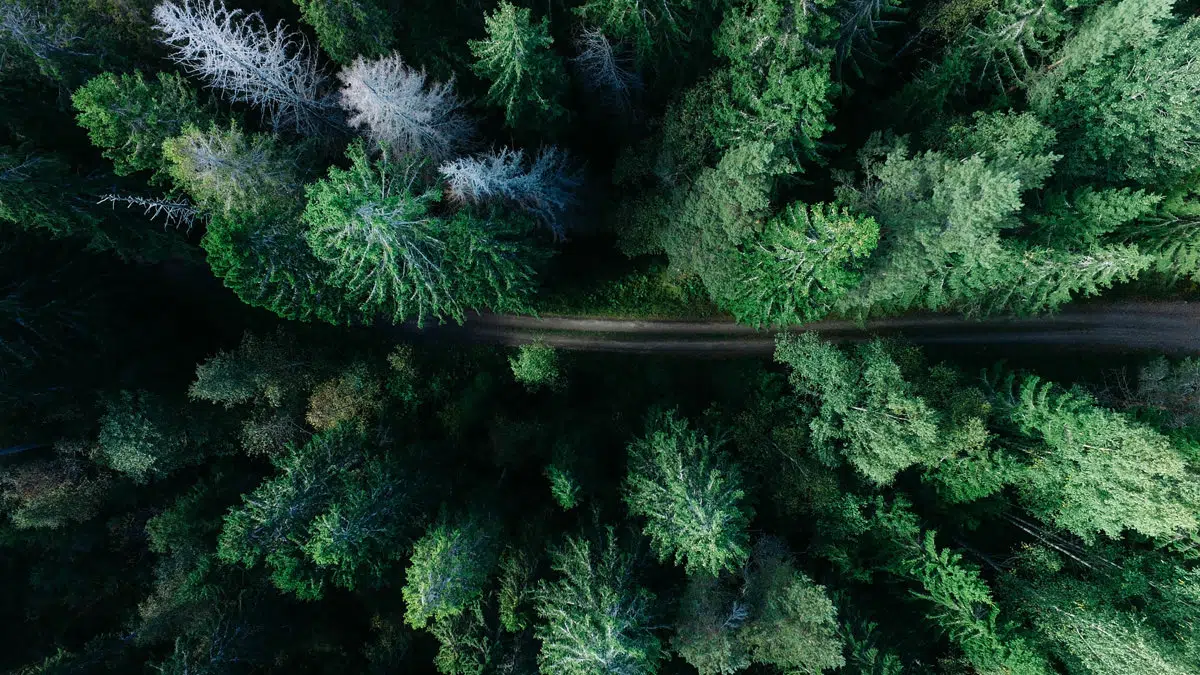
Leave a Reply
View Comments